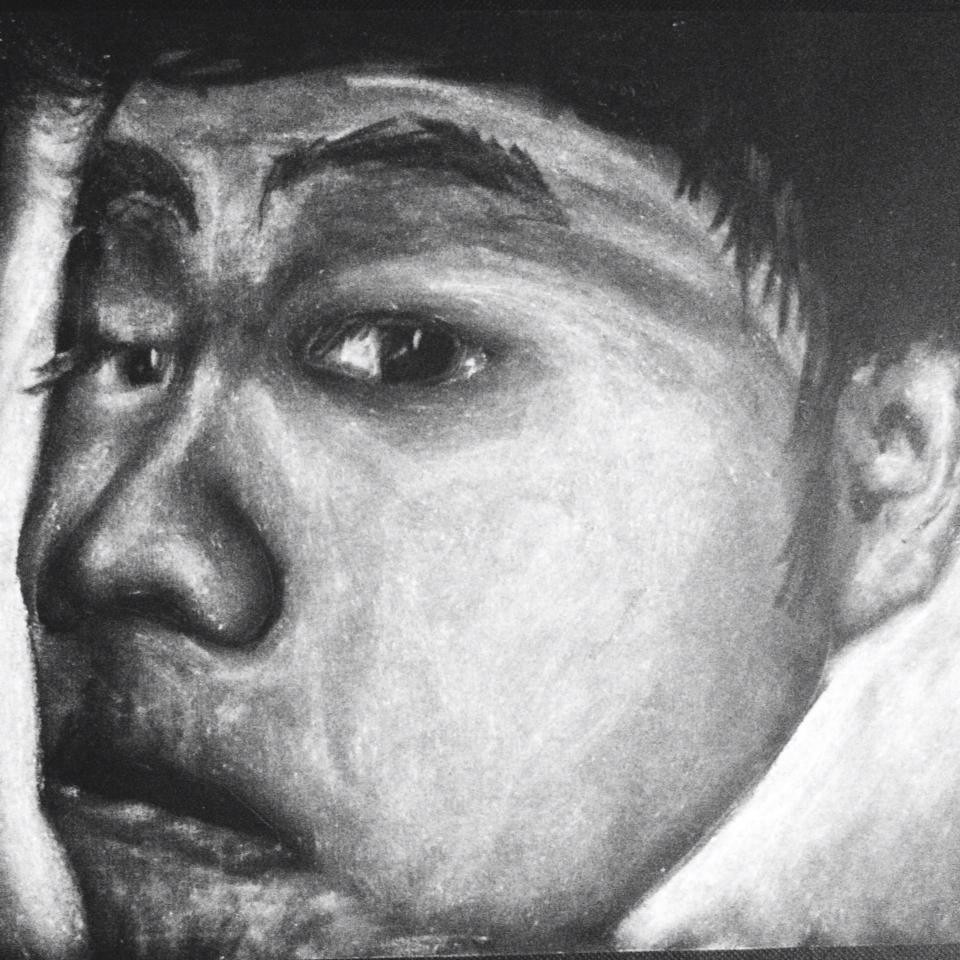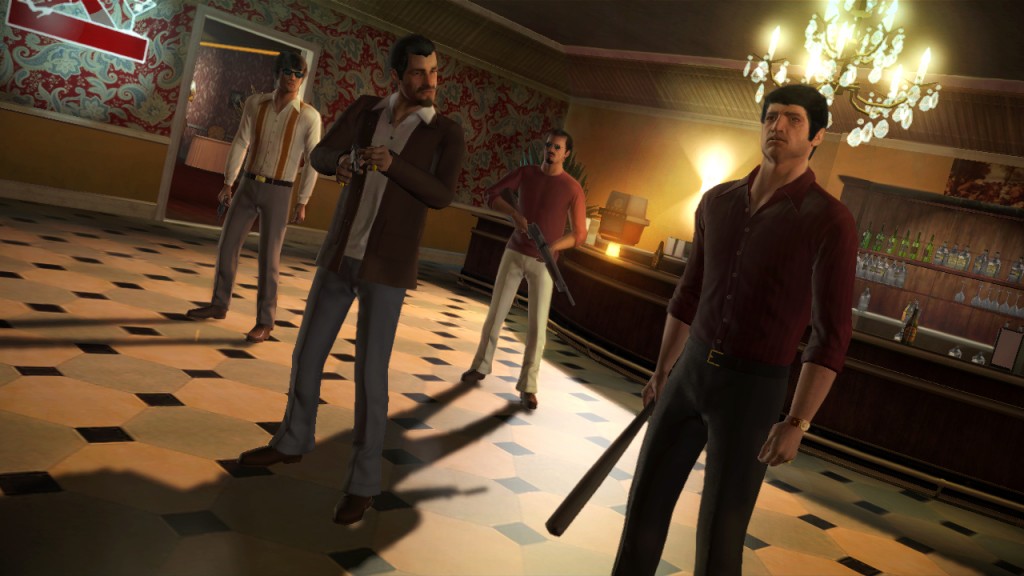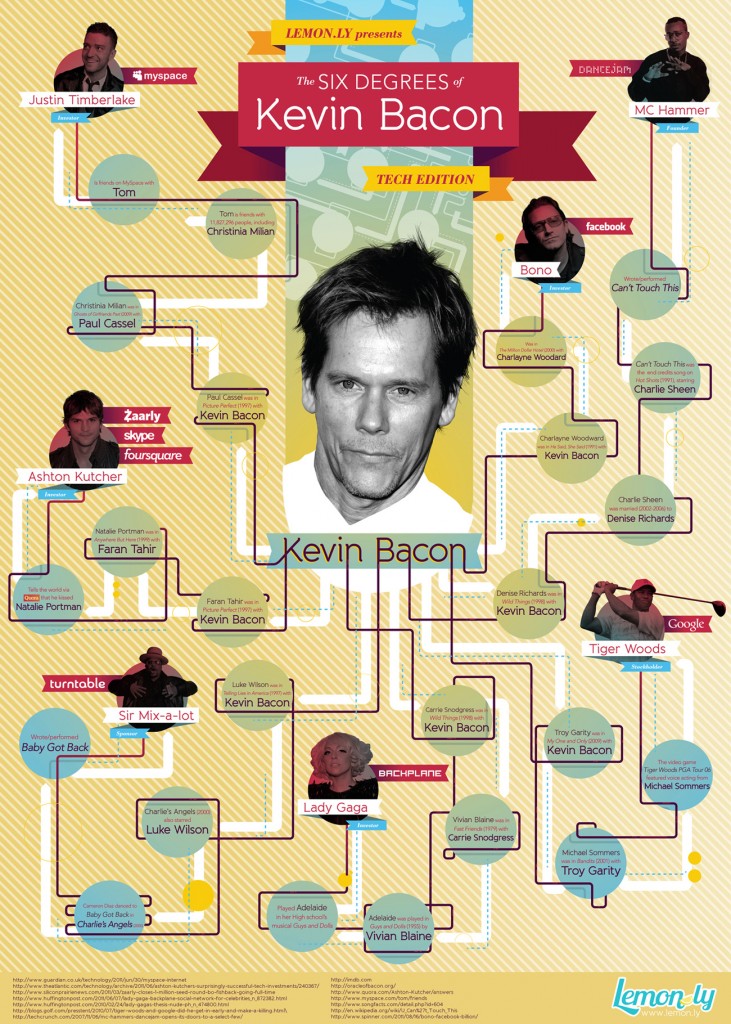Chris Anderson outlines that the Internet affects heaps on business these days.
In an era without the constraints of physical shelf space and other bottlenecks of distribution, narrowly-targeted goods and services can be as economically attractive as mainstream fare.
Websites such as Amazon, eBay, and iTunes clearly are the most popular online sales site, but what are their gains? True, they do have strong demand but their supply don’t satisfy the needs of customers, but the rest of the market goes on for a long, long way – thus Anderson speaks of it as ‘The Long Tail’.
More than half of Amazon’s book sales come from outside its top 130,000 titles.
What Anderson’s research has shown is when the demand for niche products is served, there is actually less interest in the hits and the customer is more likely to be satisfied with their product purchasing outside of the big sites. With Music, Spotify is a good example. They have a wide range of music genres, and its free.
Anderson shares a 3 point guide to how online entities are seeking to gain the most out of the Long Tail:
1. Make Everything Available
2. Cut the price in half. Now lower it.
3. Help me find it
The example of Spotify above successfully achived the 3 points.Therefore they are now growing bigger and bigger.
read more on Esther’s blog .






